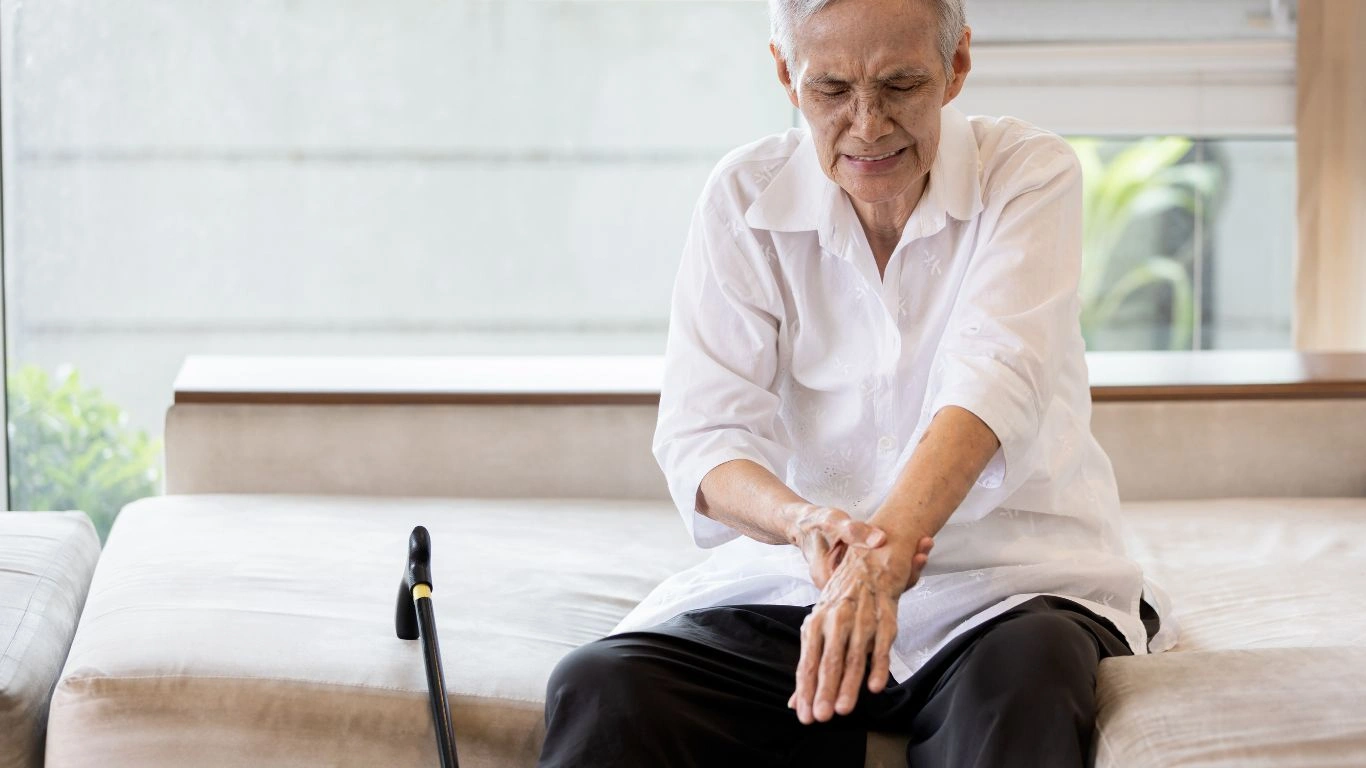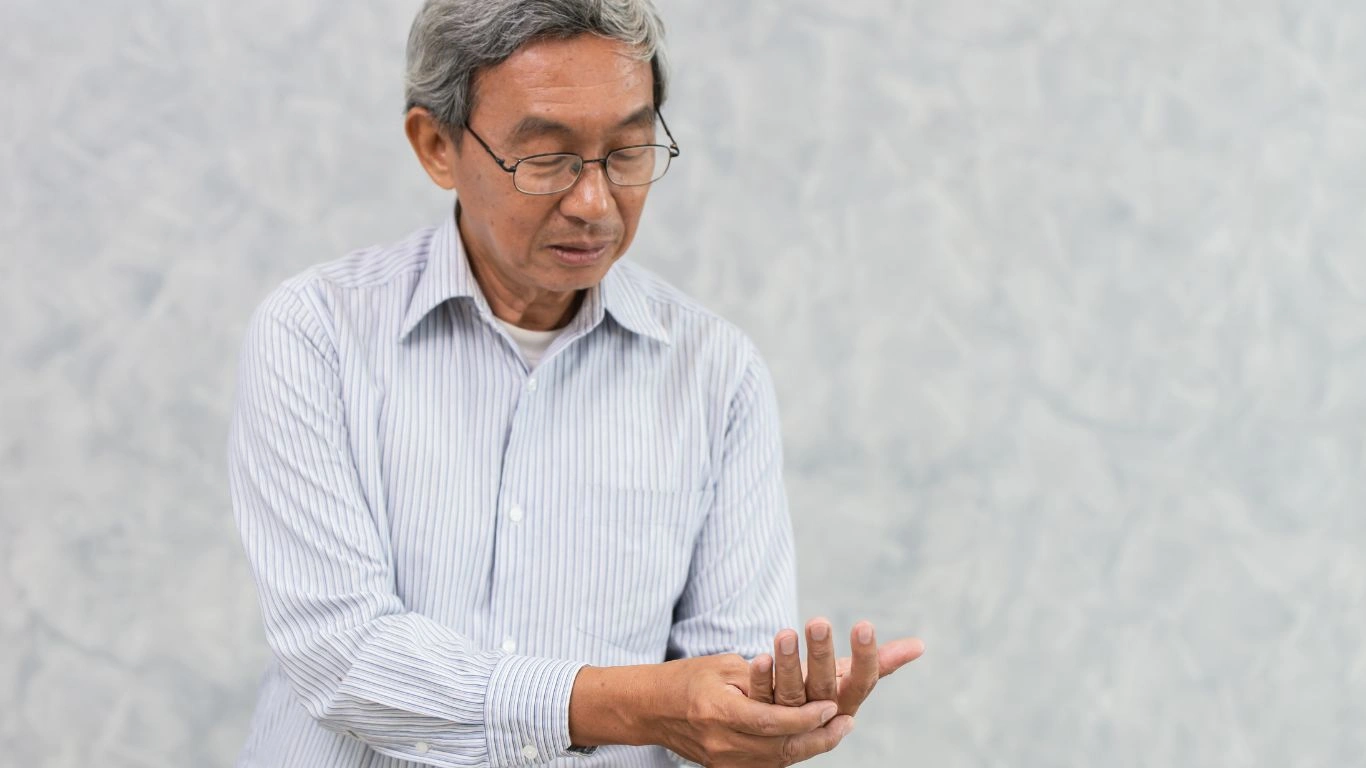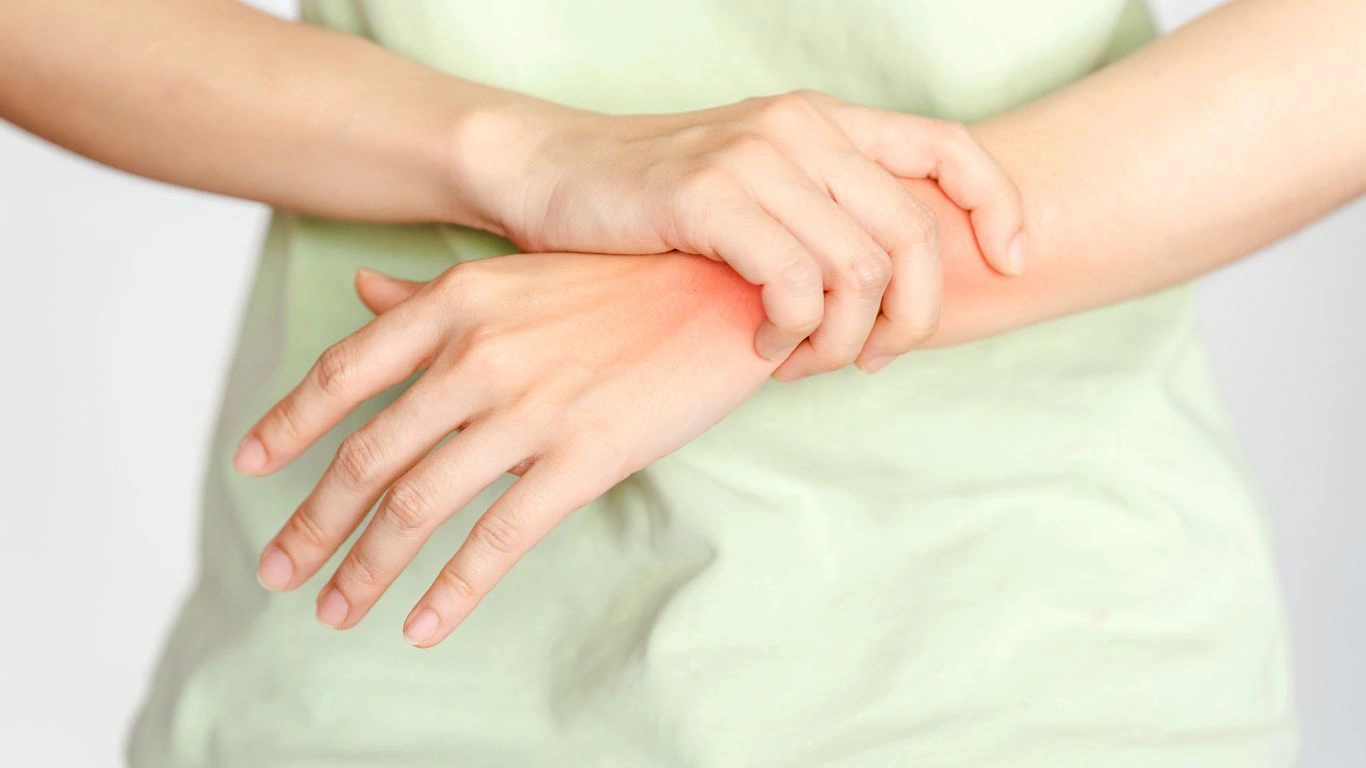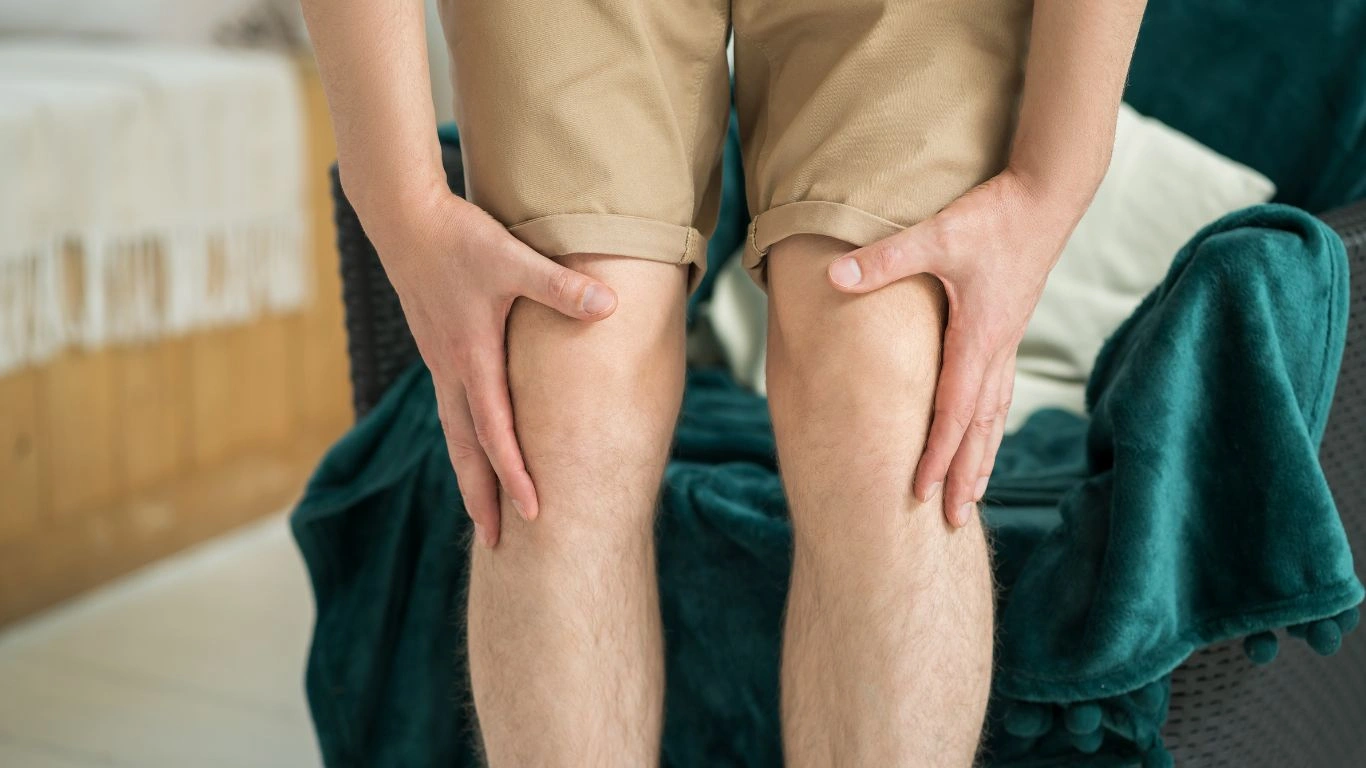Rheumatoid Arthritis and Its Impact on the Elbows: Real Talk on Pain, Treatment, and Daily Life
If you’re dealing with rheumatoid arthritis and its impact on the elbows, I get it—it’s frustrating, painful, and honestly, a huge inconvenience in daily life. Over the years, I’ve worked with so many people struggling with elbow RA, and it’s one of those areas that doesn’t get enough attention. People always talk about RA in the hands, knees, or feet, but elbow involvement? It’s a whole different beast.
 This condition makes even simple things—like pouring a cup of coffee, lifting groceries, or brushing your hair—feel like a struggle. And if you’re dealing with morning stiffness, the first few hours of your day might feel like you’ve aged 40 years overnight. But here’s the good news: there are ways to manage it and take control of your daily life again. So, let’s break it all down. I’ll share what I’ve seen, what works, what doesn’t, and how you can start feeling better, one step at a time.
This condition makes even simple things—like pouring a cup of coffee, lifting groceries, or brushing your hair—feel like a struggle. And if you’re dealing with morning stiffness, the first few hours of your day might feel like you’ve aged 40 years overnight. But here’s the good news: there are ways to manage it and take control of your daily life again. So, let’s break it all down. I’ll share what I’ve seen, what works, what doesn’t, and how you can start feeling better, one step at a time.
What’s Going on in Your Elbows When You Have RA?
RA isn’t just about general joint pain—it’s your immune system mistakenly attacking your own joints, leading to inflammation, swelling, and stiffness. When it hits your elbows, you’ll likely notice:
- Pain and swelling – That deep, aching discomfort that flares up, especially when bending or straightening your arm.
- Stiffness and limited mobility – Your elbow might feel locked up, making it tough to do everyday movements.
- Weakness in your arms – Struggling to lift or carry things you once handled easily? That’s the inflammation affecting your muscles and tendons.
- Nerve pain or tingling – Ever felt pins and needles in your hands? That could be because inflammation in your elbow is putting pressure on your ulnar nerve (which runs through your arm).
Some people even develop rheumatoid nodules—little lumps that show up around the elbow joint, adding even more discomfort. And trust me, I’ve seen these nodules cause surprising amounts of pain, even when they seem small.
Why the Elbows? What Makes Them a Target?
Your elbows are hinge joints, which means they’re constantly moving throughout the day. Unlike weight-bearing joints like the knees, elbows aren’t holding up your body, but they’re involved in pretty much every upper body movement. Once RA starts attacking the elbow joint, it’s like a slow domino effect:
- The synovial lining (the cushioning layer inside your joint) becomes inflamed.
- Extra fluid builds up, creating pressure and pain.
- Over time, cartilage wears down, and bone-on-bone friction starts happening.
- If left unchecked, joint deformity and permanent mobility loss can set in.
This is why early intervention is key—the sooner you take control, the better your chances of preserving movement and avoiding serious damage.

How to Manage Elbow RA Like a Pro
Alright, let’s get to the part you actually care about—how to reduce pain, regain mobility, and live your life without feeling like your elbows are betraying you.
🔹 Medications That Help Keep RA in Check
- DMARDs (Disease-Modifying Anti-Rheumatic Drugs) – These are the big guns when it comes to slowing RA’s progression. Methotrexate is a common go-to.
- Biologics – If DMARDs aren’t enough, biologics like Humira or Enbrel can target inflammation more directly.
- NSAIDs & Steroids – Great for pain relief and flare-ups, but not a long-term fix.
Pro Tip: Don’t wait until the pain is unbearable before adjusting your meds. If you notice increased stiffness or pain, talk to your rheumatologist about tweaking your treatment plan.
🔹 Physical Therapy & Strengthening Exercises
This is a game-changer if you do it consistently. A good PT can help you:
- Increase flexibility and range of motion.
- Strengthen surrounding muscles to support the joint.
- Learn movement modifications that reduce stress on your elbows.
A couple of simple, effective exercises I always recommend:
- Gentle elbow stretches – Extend and bend slowly to maintain mobility.
- Grip-strengthening exercises – Using a stress ball or therapy putty can help if RA is also affecting your grip.
Pro Tip: Hydrotherapy is fantastic—exercising in warm water reduces joint strain while keeping muscles engaged.

🔹 Lifestyle Tweaks That Make a Difference
Sometimes, it’s the small changes that bring the biggest relief. Here’s what I tell my patients:
- Use ergonomic tools – Invest in joint-friendly utensils (lightweight cookware, ergonomic pens, etc.).
- Modify how you lift things – Hold objects close to your body to reduce strain.
- Heat and ice therapy – Heat relaxes muscles, ice reduces swelling. Both can help!
- Anti-inflammatory diet – Eat more omega-3s, turmeric, and green veggies. Avoid processed foods that fuel inflammation.
When Surgery Becomes an Option
If medications, therapy, and lifestyle changes aren’t enough, surgery might be worth considering. Options include:
- Synovectomy – Removing the inflamed synovial lining.
- Joint fusion – Fusing bones together to stabilize the elbow.
- Total elbow replacement – A last resort for severe damage.
Troubleshooting Common RA Elbow Issues
“What if my medication stops working?”
➡️ It happens. Sometimes, your body adjusts. Talk to your doctor about switching meds or adding a new one to your regimen.
“How do I deal with morning stiffness?”
➡️ Try warming up your joints before getting out of bed with light stretches or using a heating pad.
“My elbows hurt even when I’m resting—why?”
➡️ This could mean your RA is flaring up or progressing. Don’t ignore it—check in with your rheumatologist.
Success Stories: Real People, Real Relief
Case 1: Jenny, 52 – From Constant Pain to Regaining Function
Jenny struggled with severe elbow stiffness that made it impossible to pick up her grandkids. After 6 months of biologic therapy and targeted PT, she regained enough movement to hug and carry them comfortably again.
Case 2: Mark, 60 – When Surgery Was the Best Choice
Mark’s RA worsened over 10 years, and nothing was helping anymore. He had a total elbow replacement, and after rehab, he could finally do woodworking again—pain-free!
Final Thoughts
Key Takeaways:
- RA in the elbows can be painful, but there are ways to manage it.
- Early treatment is key to preventing long-term damage.
- A mix of meds, therapy, and lifestyle changes can make a huge difference.
📖 Appendix
References
Disclaimer
This article is for informational purposes only and not a substitute for professional medical advice. Always consult a healthcare provider.
Call to Action
💬 Have you dealt with elbow RA? Drop a comment below—I’d love to hear your story!

Tarra Nugroho is a dedicated Nurse Practitioner with a strong foundation in family and preventive care. She brings both compassion and clinical expertise to her practice, focusing on patient-centered care and health education. As a contributor to Healthusias.com, Tarra translates medical knowledge into clear, empowering articles on topics like women’s health, chronic disease management, and lifestyle medicine. Her mission is simple: help people feel seen, heard, and informed—both in the clinic and through the content she creates. When she’s not caring for patients, Tarra enjoys weekend hikes, plant-based cooking, and curling up with a good health podcast.






